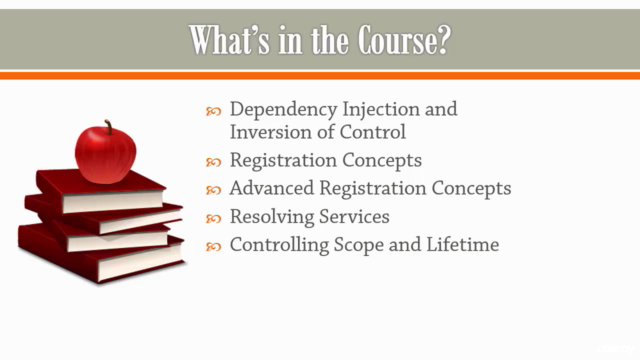Dependency Injection in C# and .NET with the Autofac Library
An in-depth course on Dependency Injection and Inversion of Control
4.32 (1355 reviews)

10,237
students
5.5 hours
content
Jan 2020
last update
$84.99
regular price
What you will learn
Understand and leverage the benefits of dependency injection
Plan and configure dependency injection containers
Leverage dependency injection scopes, modules and other advanced capabilities
Integrate dependency injection with popular frameworks (e.g., ASP.NET
Screenshots




Related Topics
1093920
udemy ID
1/28/2017
course created date
11/21/2019
course indexed date
Bot
course submited by